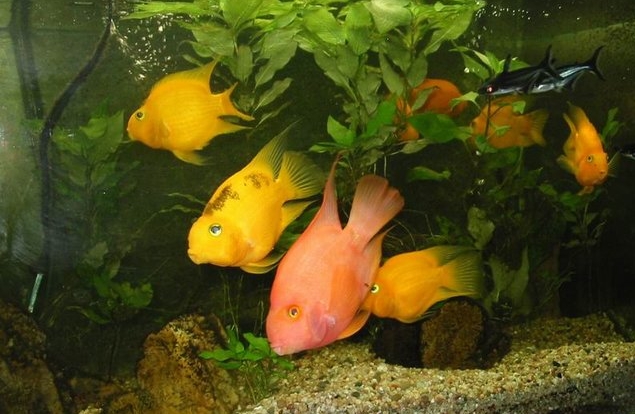- You are here:
- www.sosnowiec.pl
- Miasto
- Places worth visiting
- Exotarium
Exotarium
The Exotarium is located inside the Leon Kruczkowski park, on the east side of Kresowa street.

It is situated in the surrounding of trees, near the main alley leading from Piłsudski Street in Sosnowiec towards the Brynica River. It is a separated and fenced area with a glass palm house visible from the alley access.
Various municipal and botanical gardens, with beautiful species of exotic plants, had existed in Sosnowiec from 1935. However they were destroyed during the occupation.
In 1954 a project of construction of the Sosnowiec Palm House and Aquarium was initiated. The project was completed in 1956 and commissioned as a didactic institution.
Currently the botanical part of the Exotarium presents 80 species of plants coming from various climatic and geographic zones of the world, which belong to various ecological groups and represent specific botanic formations like: desert and semi-desert formations, American and Asiatic tropics, formations of warm Mediterranean climate, ocean islands and others.
The permanent animal exhibition includes mainly fish and reptiles. A collection of exotic aquarium fish of around 40 species, is particularly precious. However the most attractive one is the cichlid collection.
The reptile fauna is represented by around 15 species, including the Nile crocodile, the rainbow boa, the tiger python and the reticulated python, as well as six species of turtles.

Apart from the above mentioned animal species, you will also find here mammals, such as the capuchin monkey the green vervet monkey and the following rodents: golden hamsters, guinea pigs, dwarf rabbits, gerbils, squirrels, prairie dogs, polecat-ferrets and chinchillas.
The Exotarium lacks suitable spaces that could be adapted for the purpose of presenting larger live mammals.
Species of oceanic arthropods (crabs, spiny lobsters), echinoderms (sea urchins, starfish), some of ocean fish (hammerhead shark, sawfish and others) and corals (fragments of coral skeletons coming from coral reefs) are exhibited in glass display cases, in the form of specimens.
Although we won't find here many representatives from other larger taxonomic groups of animals, the number of displayed animals is big and diversified enough in taxonomy terms to provide a source of education for children and teenagers, and to familiarise them with many fascinating species, which prove the diversity of animal organisms inhabiting the world.













